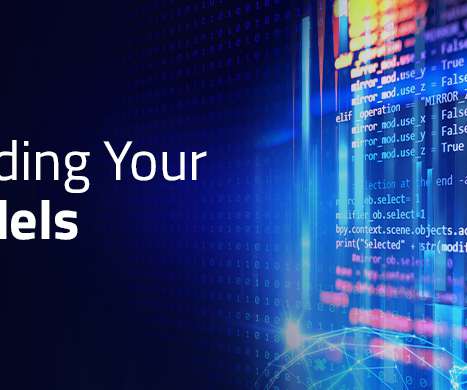Why you should care about debugging machine learning models
O'Reilly on Data
DECEMBER 12, 2019
That’s where model debugging comes in. Model debugging is an emergent discipline focused on finding and fixing problems in ML systems. In addition to newer innovations, the practice borrows from model risk management, traditional model diagnostics, and software testing. Sensitivity analysis.





















Let's personalize your content